Literacy data published by UNESCO displays that since 1950, the adult literacy rate at the world level has increased by 5 percentage points every decade on average, from 55.7 per cent in 1950 to 86.2 per cent in 2015.
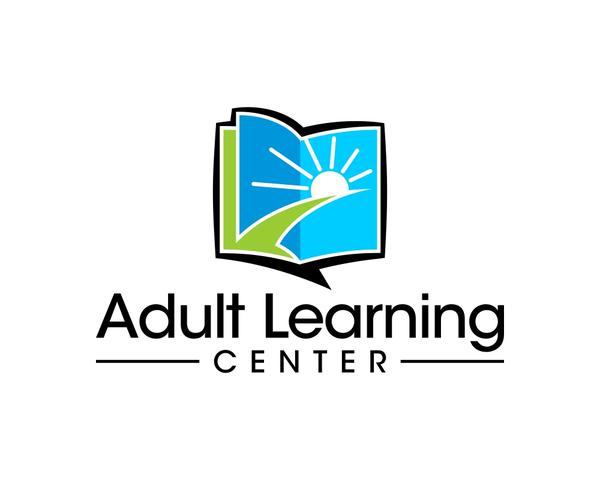

Adult literacy students guide and inform our work. Here you can learn about how you can get involved as well as our latest news, events and services for students.

Improve your reading, writing and math skills. Through the Literacy and Basic Skills program, you will learn reading, writing, math and other basic skills (e.g. computer) to …
We provide programs for adults in adult literacy, high college diploma equivalency preparation, English and education for the incarcerated. more information


TCALL is the statewide Adult Education and Literacy professional development and resource center for Texas, housed at Texas A&M University.
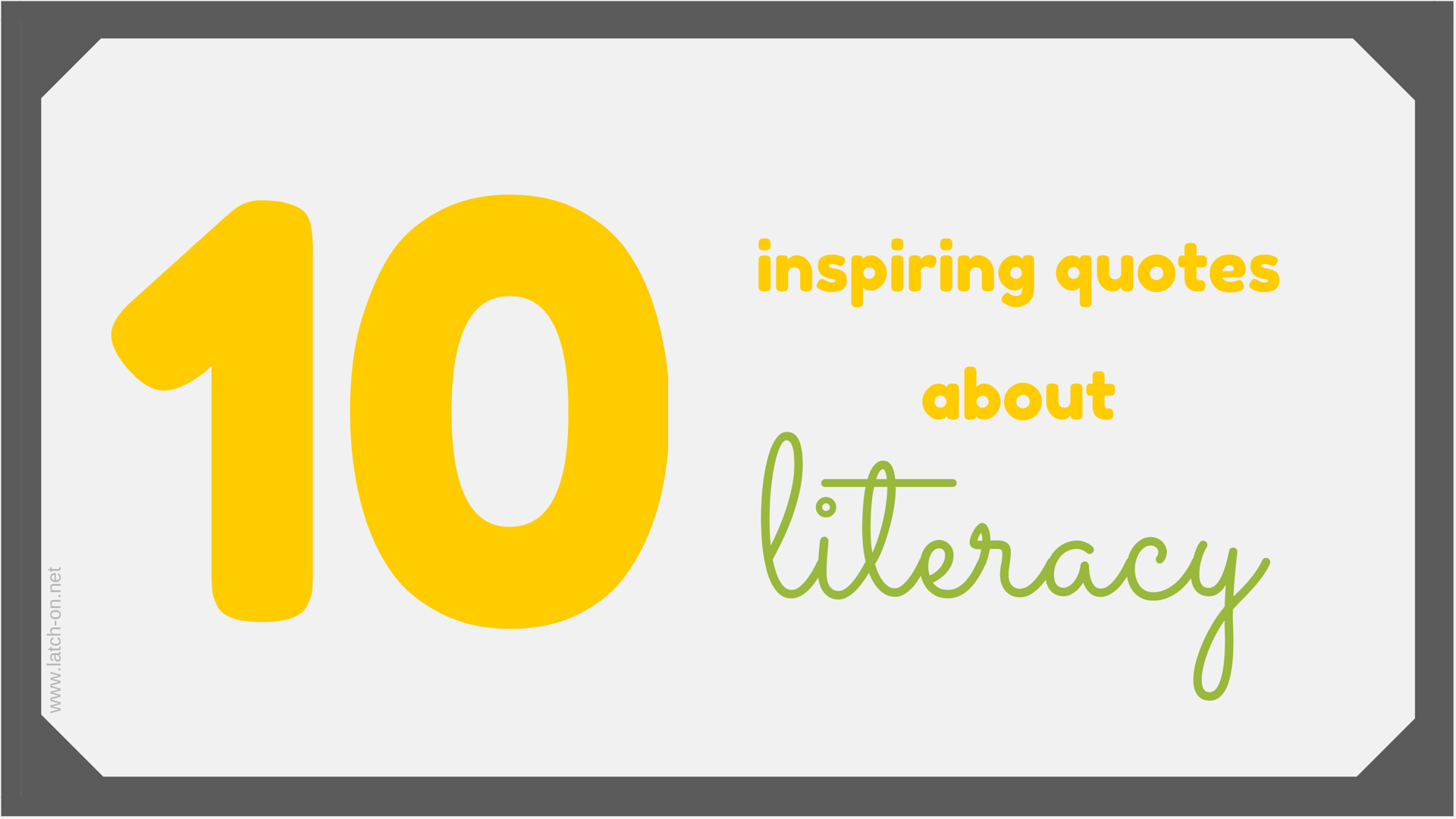
Quick Links Professional Development Program Locations Specific Class Sites – Days and Times MOLearns
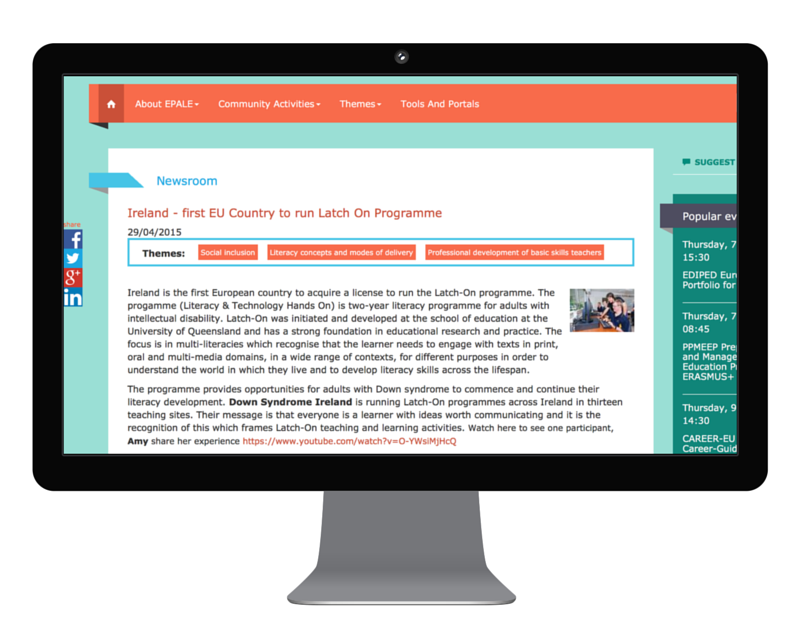
Adult Learning and Literacy (ALL) administers and supports the development and delivery of adult focused programming through adult learning centres and adult literacy programs in Manitoba.

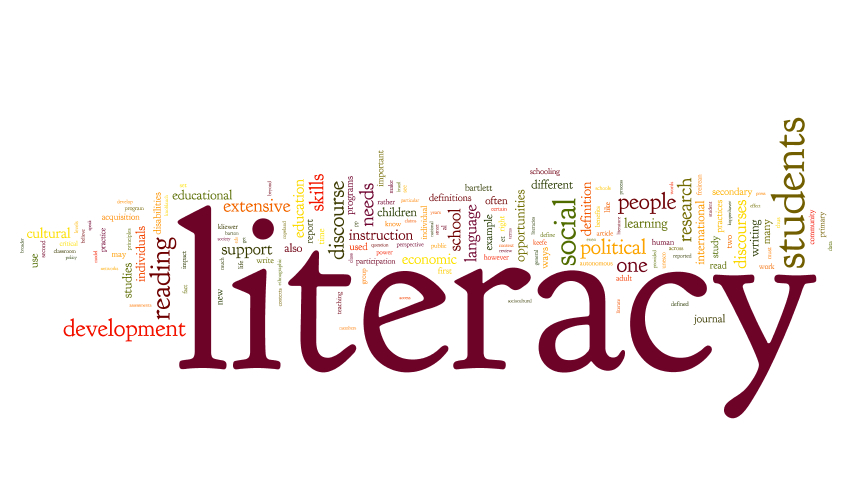
I think that they are working with all the students who want to learn English, most of them [the students] came from different countries with different languages and with ALL they have many opportunities, like finding jobs, learning, and connecting with other people.
Union Adult Learning Center, operated by Union Public colleges, is a regional program based in Tulsa and offers a variety of classes for adults in Tulsa, Rogers, Osage, Muskogee, Mayes and Wagoner counties.
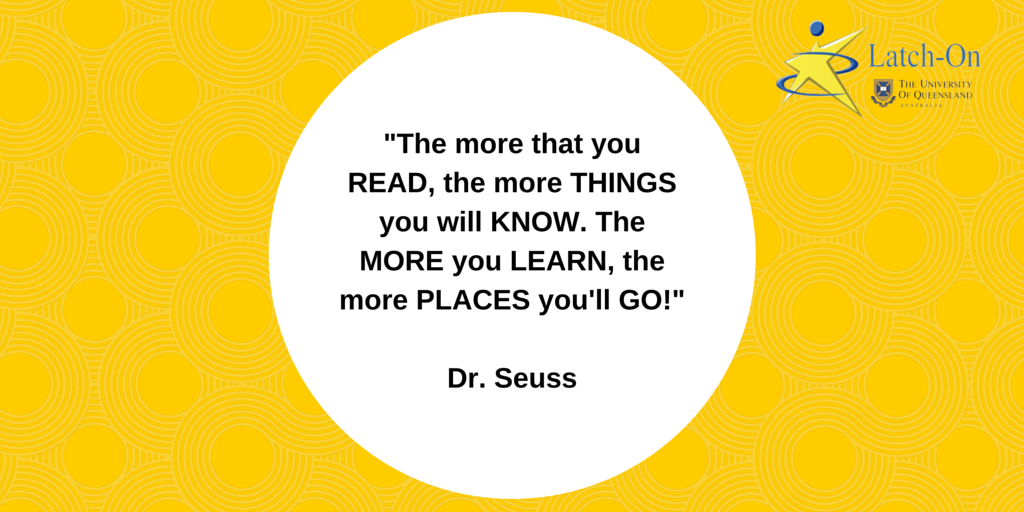
Shocking Statistics. The “Adult Literacy in America” study initiated by Congress in 1988 and reported upon in 1993 was a $14 million 5-year study by the National Assessment Governing Board in conjunction with the National Center for Educational Statistics based upon lengthy interviews with 26,000 adults from 16 to 65 years old in a dozen